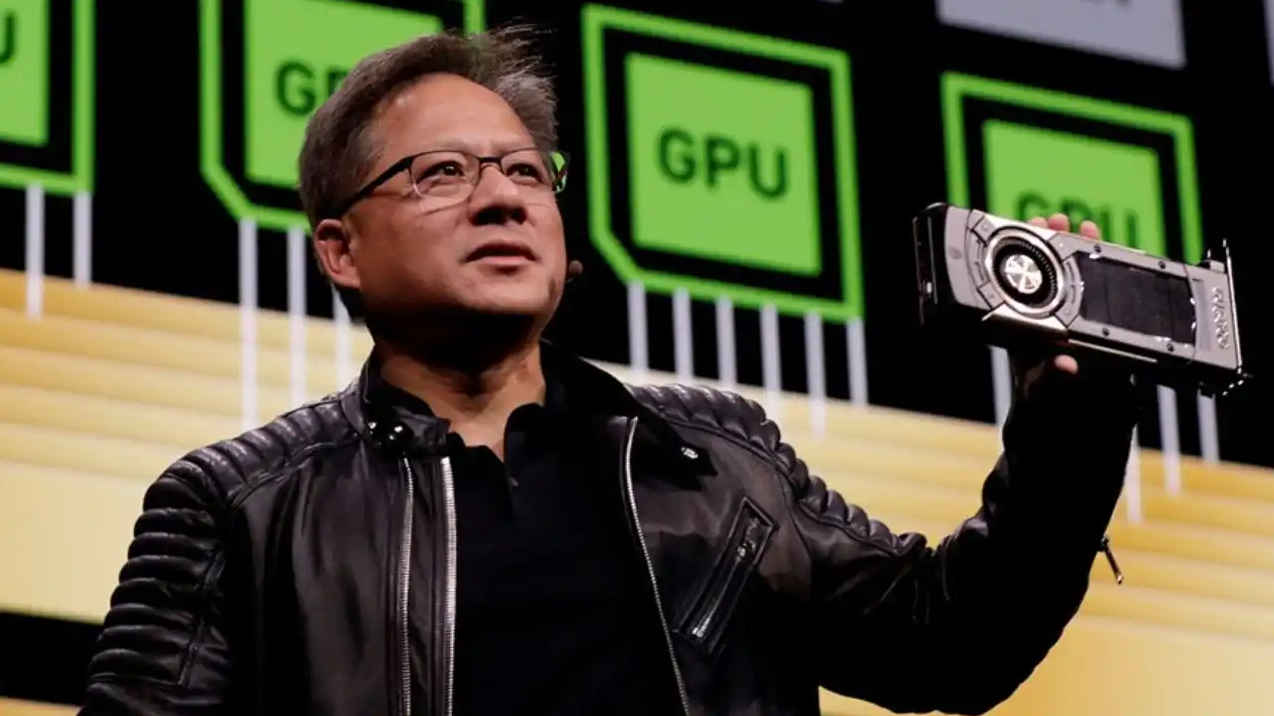India’s AI Dreams at Risk? US GPU Clampdown Explained: What does it mean for consumers?

According to a report by The Economic Times, the outgoing US administration has introduced strict new controls on the export of advanced graphics processing units (GPUs)—the essential hardware that powers modern artificial intelligence (AI) systems. These regulations, which took immediate effect on January 13, implement a tiered system that divides the world into three distinct categories, potentially impacting AI development across numerous countries.
 Survey
SurveyUS GPU Clampdown: What’s Changing?
As per ET, the Biden administration’s new restrictions on AI chip exports create a three-tier system that could significantly impact global AI development.
Under the new framework, the world’s nations are strategically segmented:
1. Unrestricted Access to AI chips: 18 close US allies, including the UK, Japan, and Germany.
2. Limited Access: 140 nations, including significant US partners like India and Saudi Arabia, must operate under specific computational power caps.
3. Complete Ban: About 20 countries, including China, Russia, and North Korea, face complete restrictions.
For countries with limited access to GPU imports, the regulations impose a limit of 50,000 advanced GPUs worth approximately $1 billion in computing power, measured by Total Processing Performance (TPP). While this may seem substantial, industry experts warn it could constrain future growth and innovation.
US GPU Clampdown: The Licensing System
The regulations introduce a complex licensing system that affects not just hardware acquisition but also access to crucial parameters that determine an AI system’s capabilities. Companies seeking to exceed the base limitations can apply for “Universal Verified End User” status, which could allow access to up to 320,000 GPUs over two years. However, this comes with strict oversight and compliance requirements.
US GPU Clampdown: Impact on Major Projects
“Large-scale AI data centers, requiring several hundred thousand GPUs, may be delayed or scaled down, putting global companies at a competitive disadvantage,” Ashok Chandak, president of the India Electronics and Semiconductor Association told ET.
This could particularly impact ambitious projects like Reliance’s planned AI data centre, which aims to utilize Nvidia’s GB200 GPUs.
“This could result in supply shortages, delays, and potentially higher costs for firms that rely on cutting-edge GPU technology to remain competitive in the AI space,” Sajai Singh, partner at JSA Advocates & Solicitors told ET.
“The Biden Administration now seeks to restrict access to mainstream computing applications with its unprecedented and misguided “AI Diffusion” rule, which threatens to derail innovation and economic growth worldwide”, NVIDIA’s Vice President of Government Affairs, Ned Finkle wrote in a blog.
“This sweeping overreach would impose bureaucratic control over how America’s leading semiconductors, computers, systems and even software are designed and marketed globally. And by attempting to rig market outcomes and stifle competition — the lifeblood of innovation — the Biden Administration’s new rule threatens to squander America’s hard-won technological advantage. While cloaked in the guise of an “anti-China” measure, these rules would do nothing to enhance U.S. security. The new rules would control technology worldwide, including technology that is already widely available in mainstream gaming PCs and consumer hardware. Rather than mitigate any threat, the new Biden rules would only weaken America’s global competitiveness, undermining the innovation that has kept the U.S. ahead,” he added.
What About Regular Consumers?
The immediate impact may be minimal for everyday consumers, as the regulations include exemptions for gaming GPUs and smaller-scale deployments. Orders below approximately 1,700 H100-equivalent chips require only notification rather than licensing, a provision designed to protect academic research and smaller business applications.
US GPU Clampdown: India’s Response
In response to these restrictions, India is exploring domestic alternatives. Information and Broadcasting Minister Ashwini Vaishnaw has revealed that the government is already in talks with industry players about developing indigenous GPUs. “We are consulting with the industry for developing a GPU, and our endeavour is to support such a move,” Vaishnaw stated in a Business Standard interview. The government has initiated discussions with C-DAC (Centre for Development of Advanced Computing) to advance this initiative.
The timing of these regulations, coming just before a presidential transition, has drawn criticism from the tech industry and major players like Nvidia and Oracle, who have characterized it as potentially “the most destructive to ever hit the US technology industry.”
However, the long-term implications for the global AI ecosystem could be profound. The rules could create an uneven playing field where US-based cloud providers maintain advantages over local competitors in restricted markets.
Siddharth Chauhan
Siddharth reports on gadgets, technology and you will occasionally find him testing the latest smartphones at Digit. However, his love affair with tech and futurism extends way beyond, at the intersection of technology and culture. View Full Profile